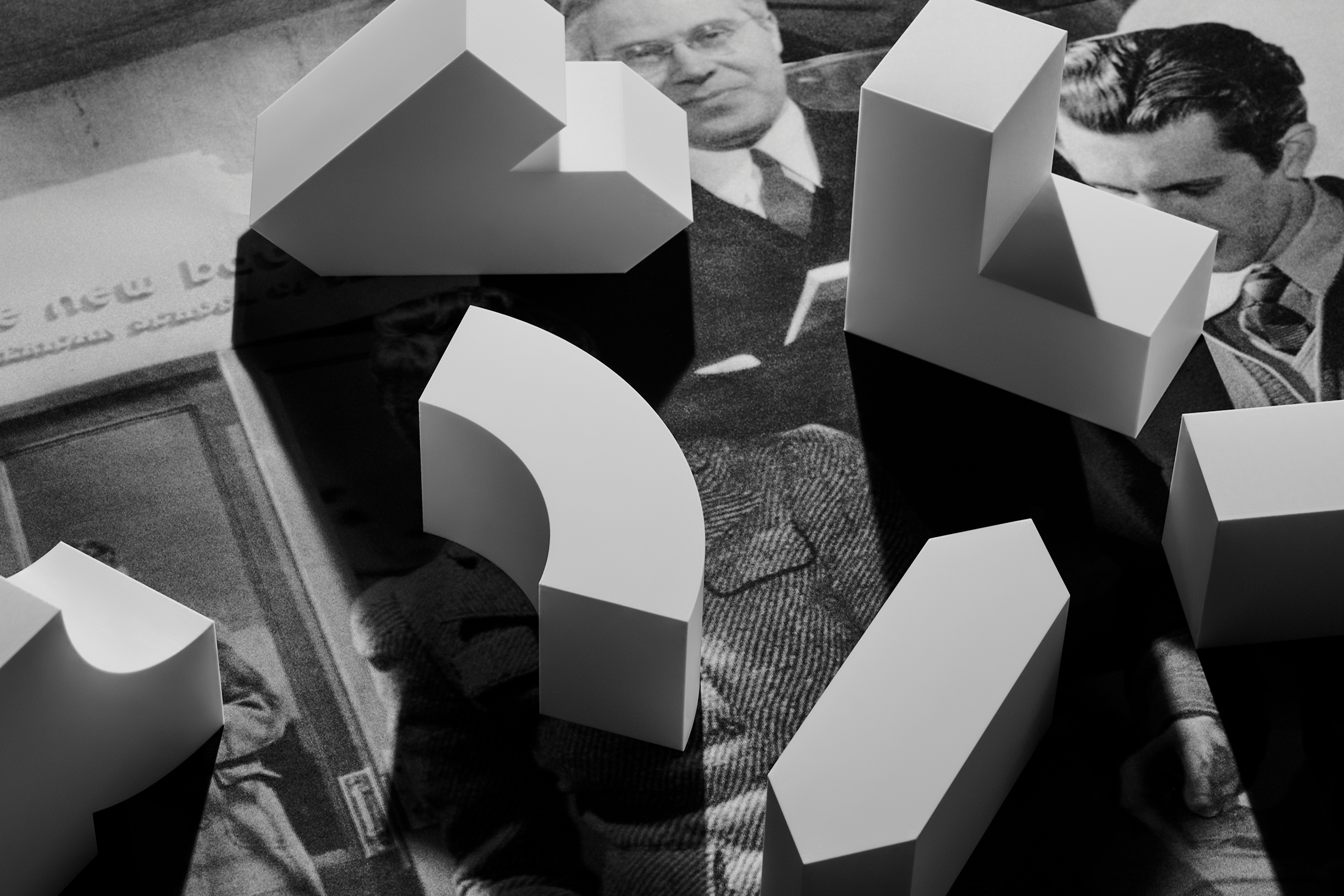
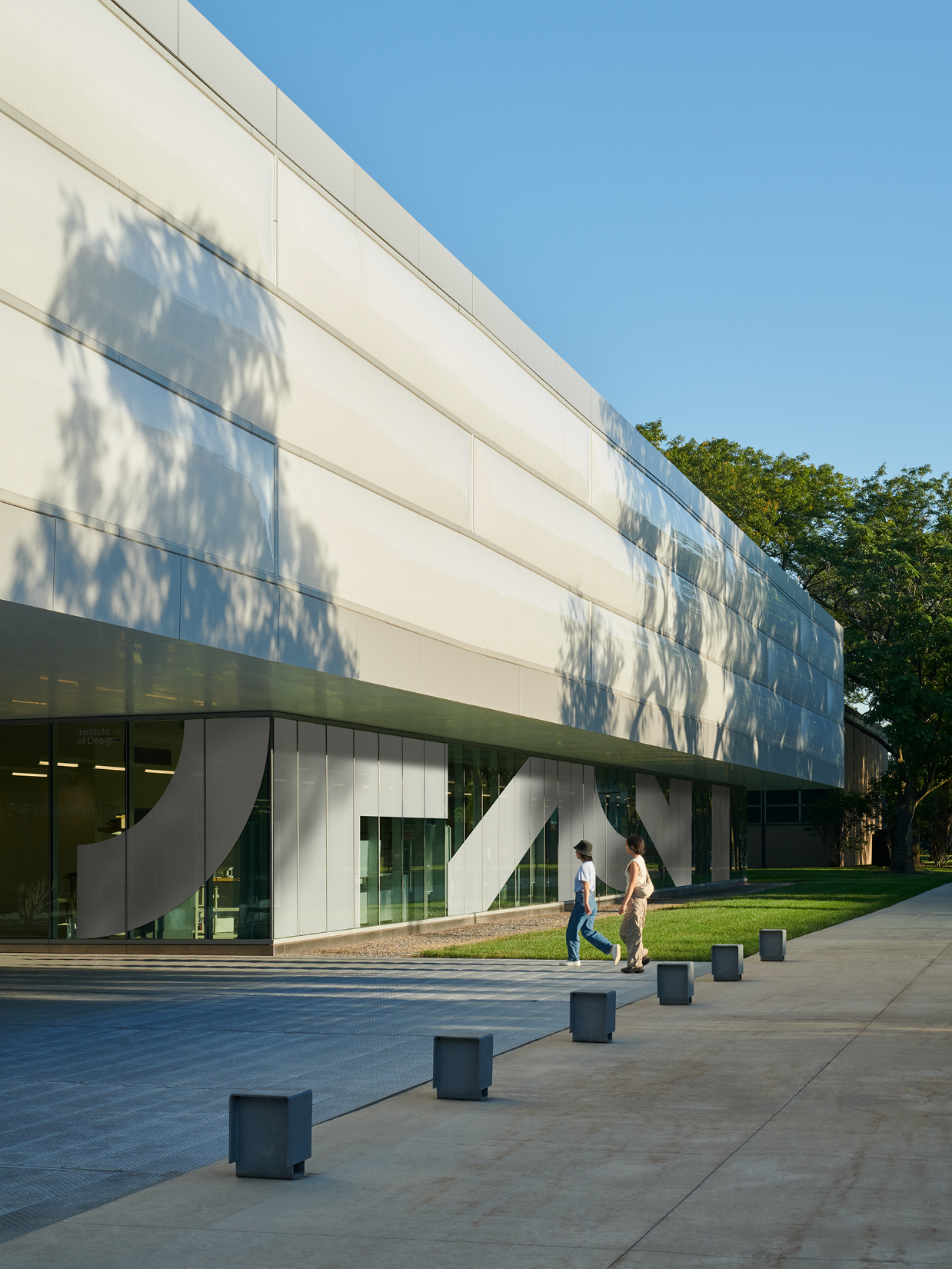
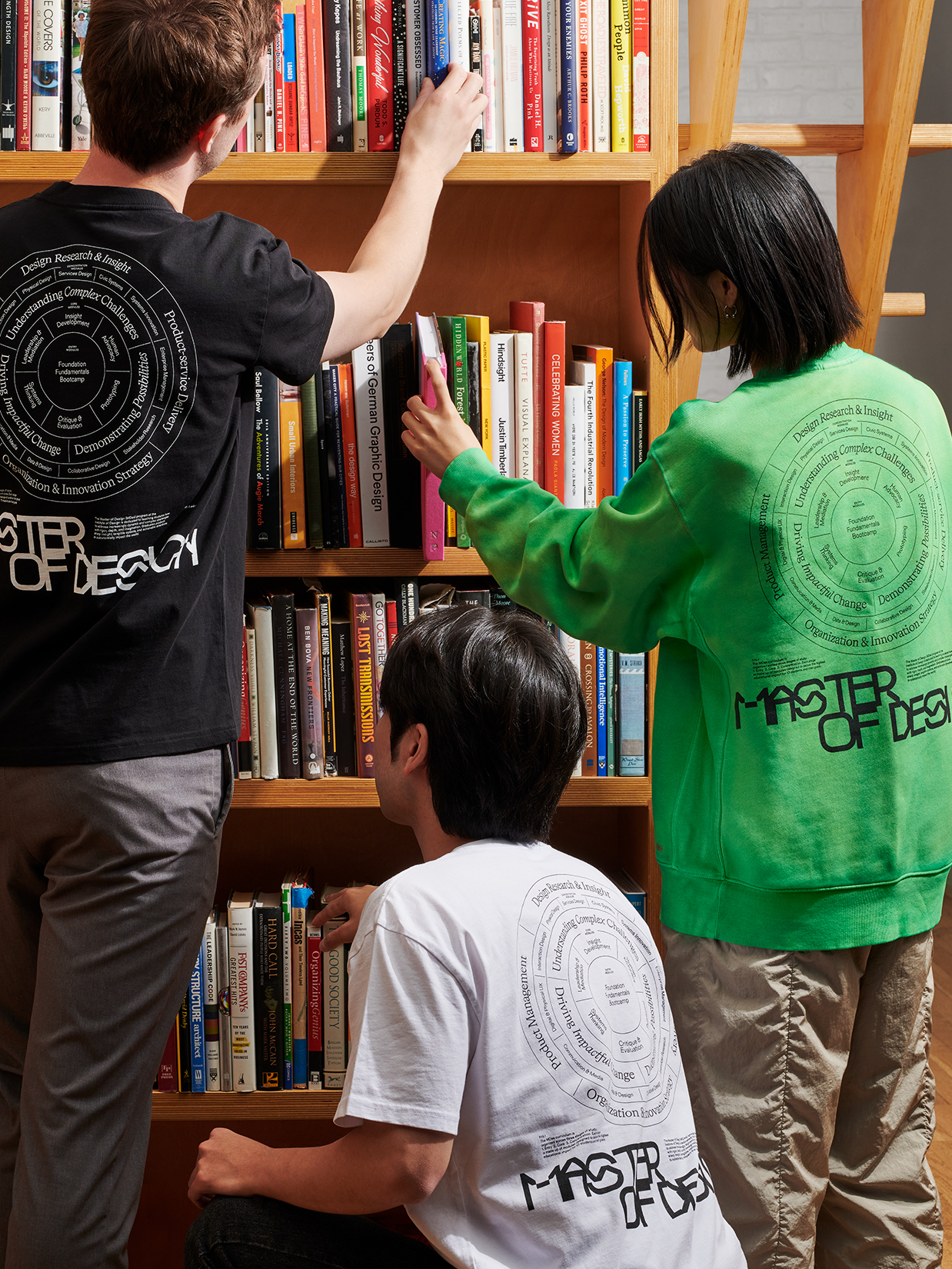
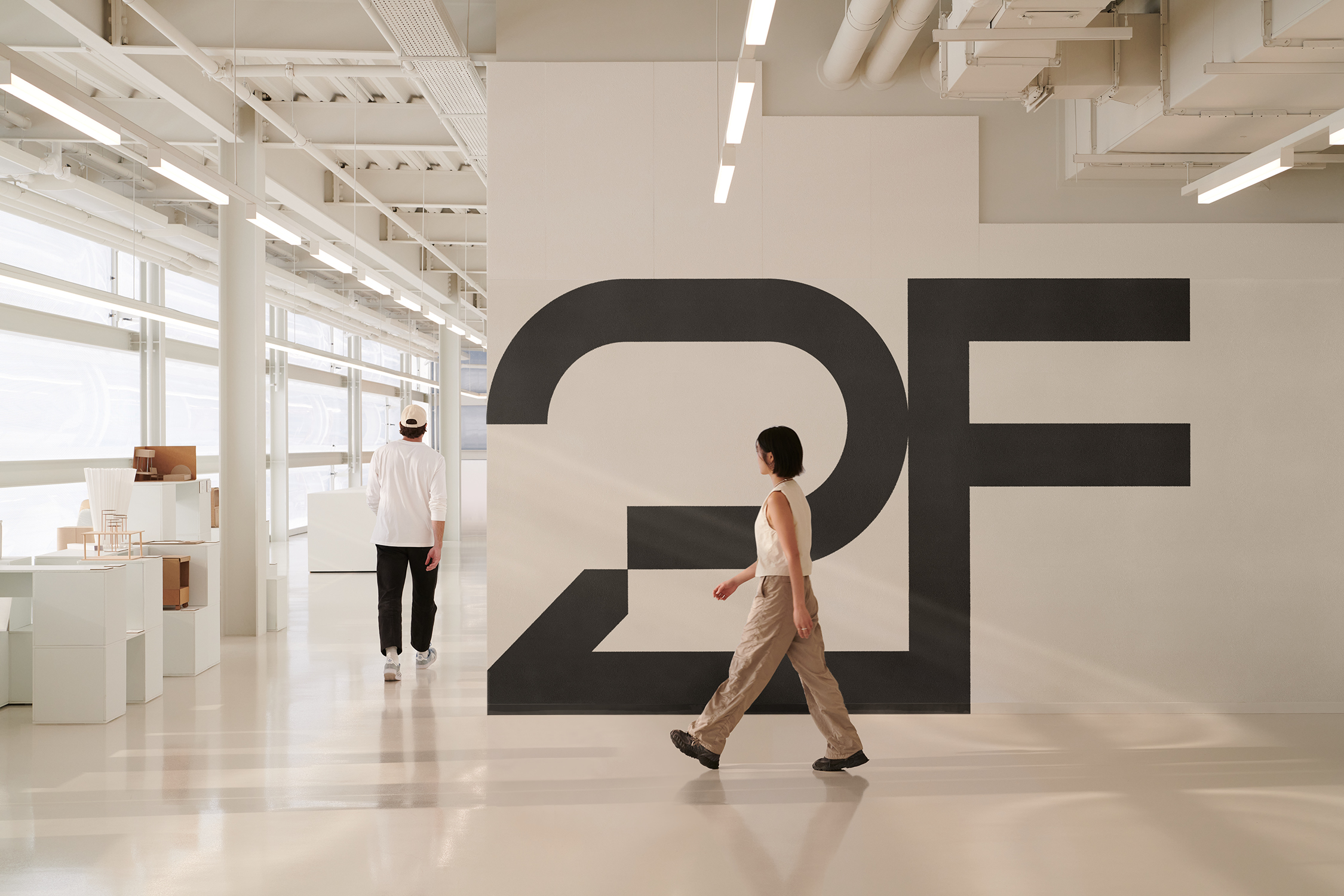


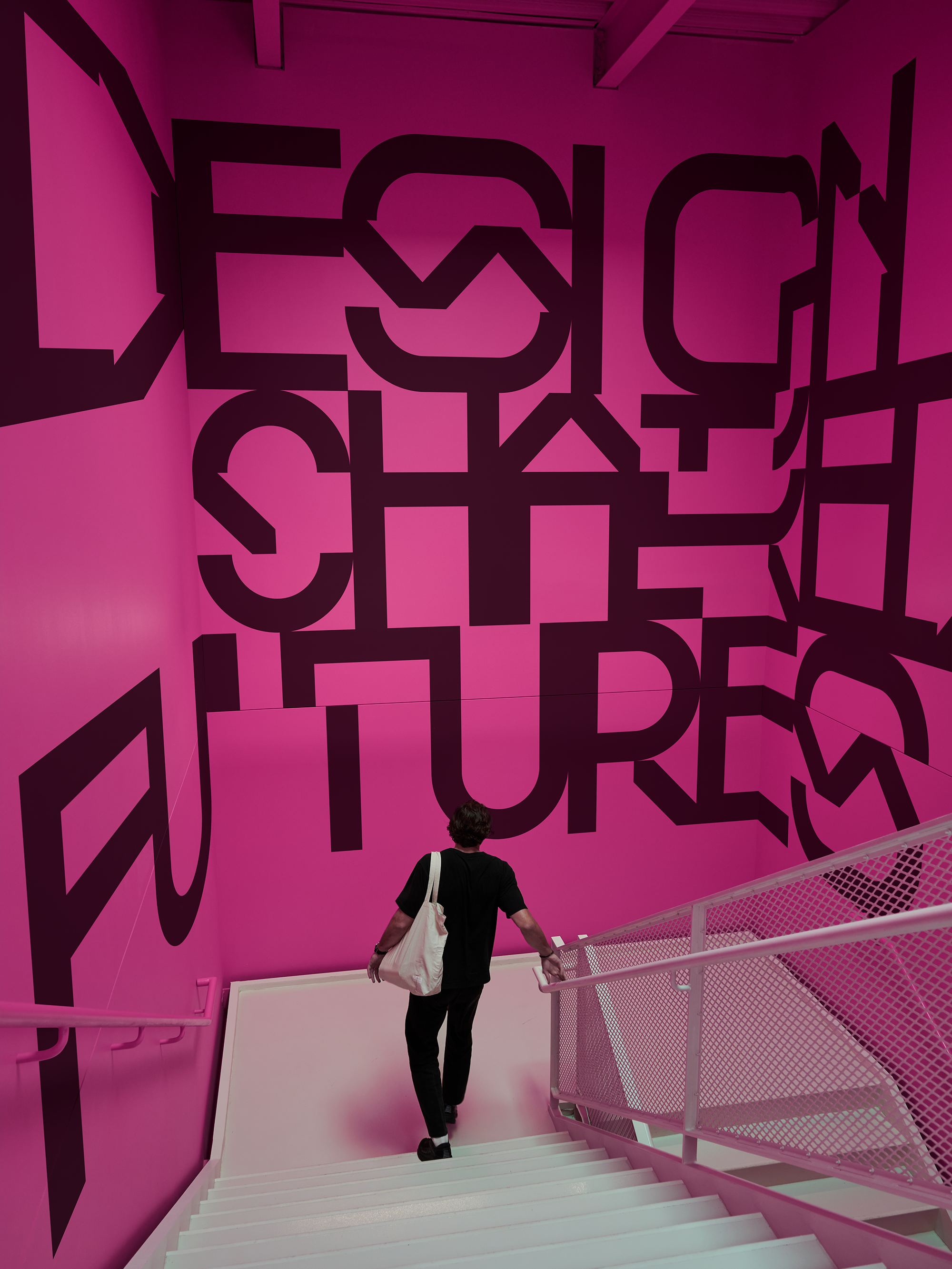
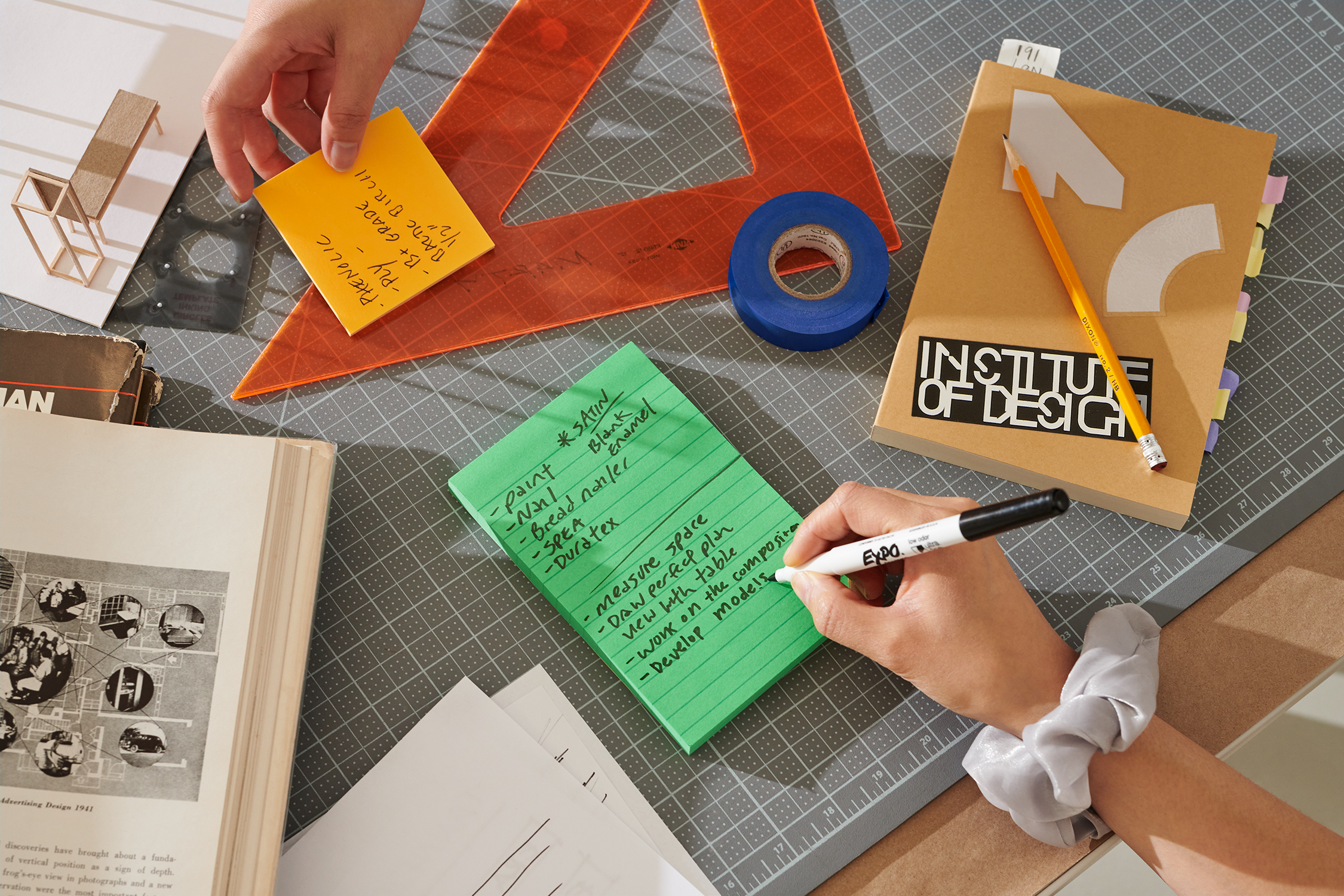
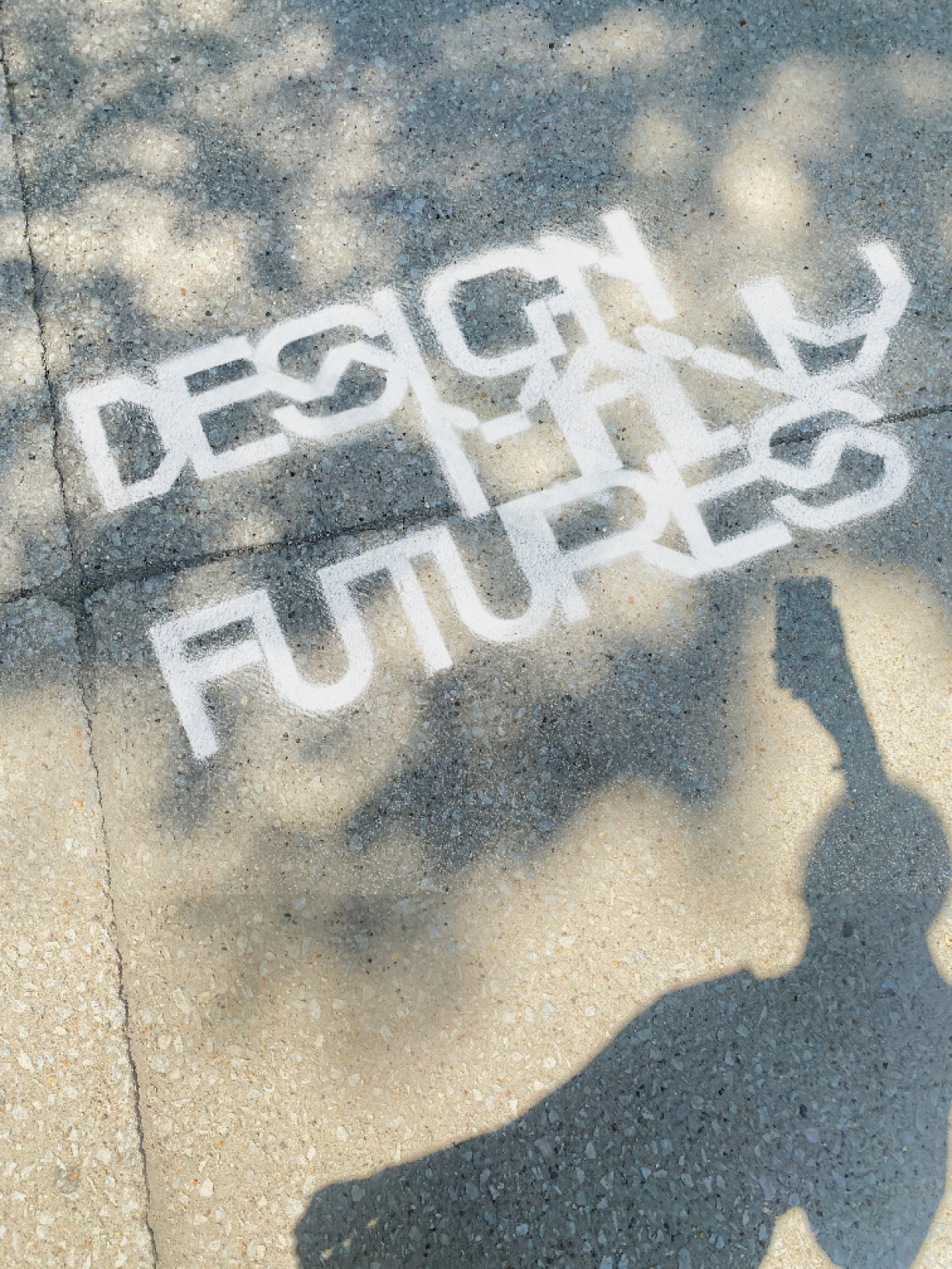
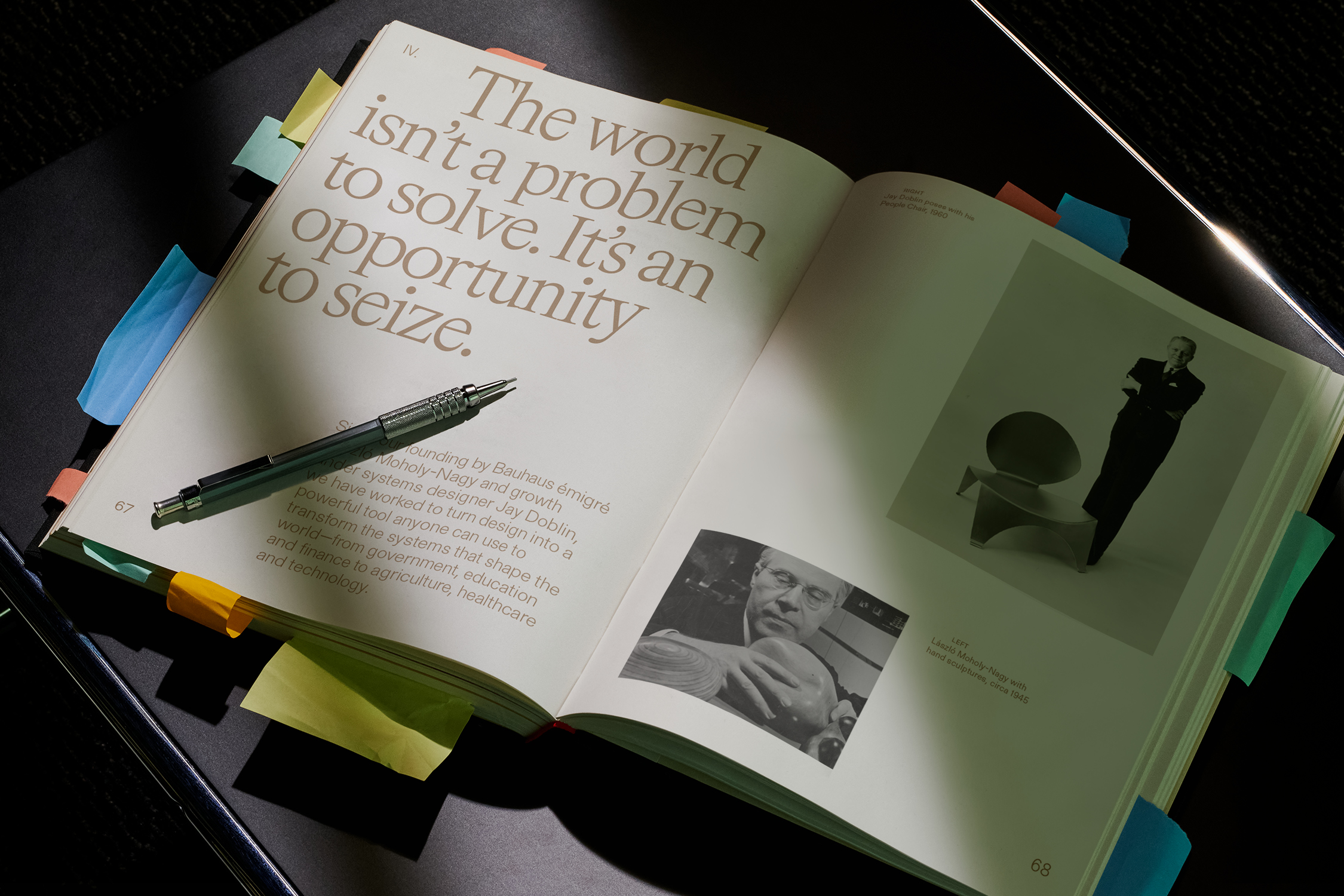
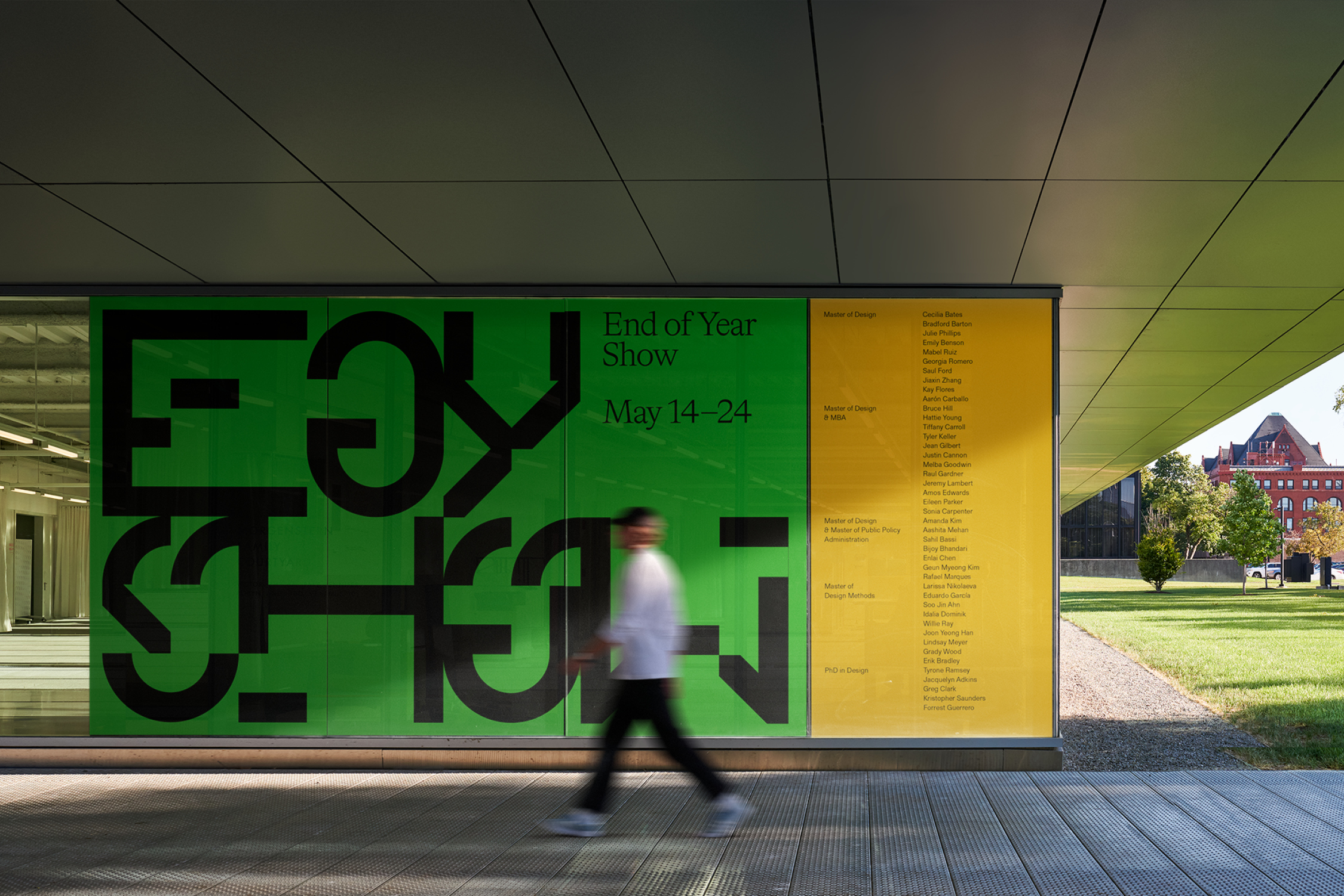
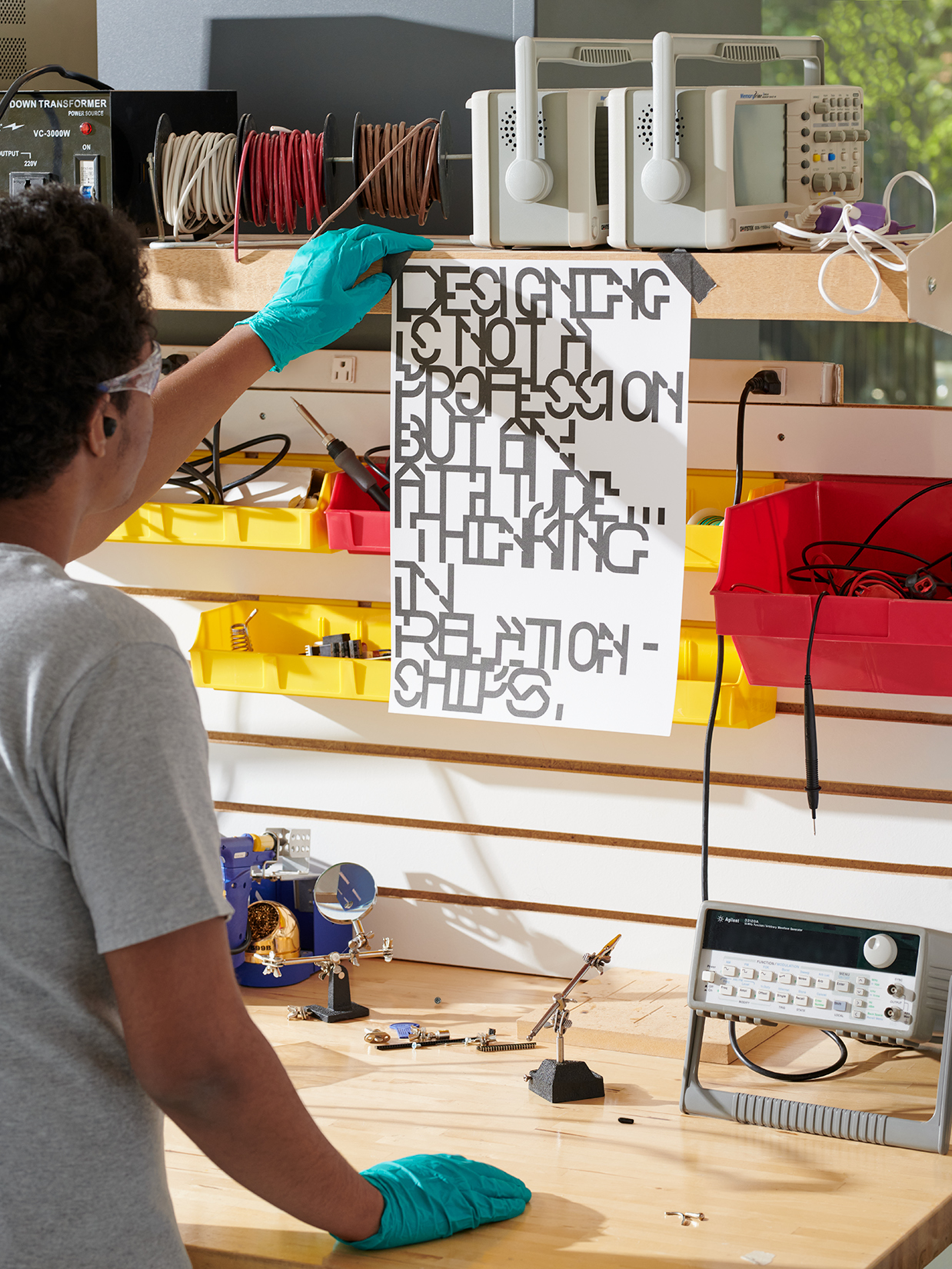
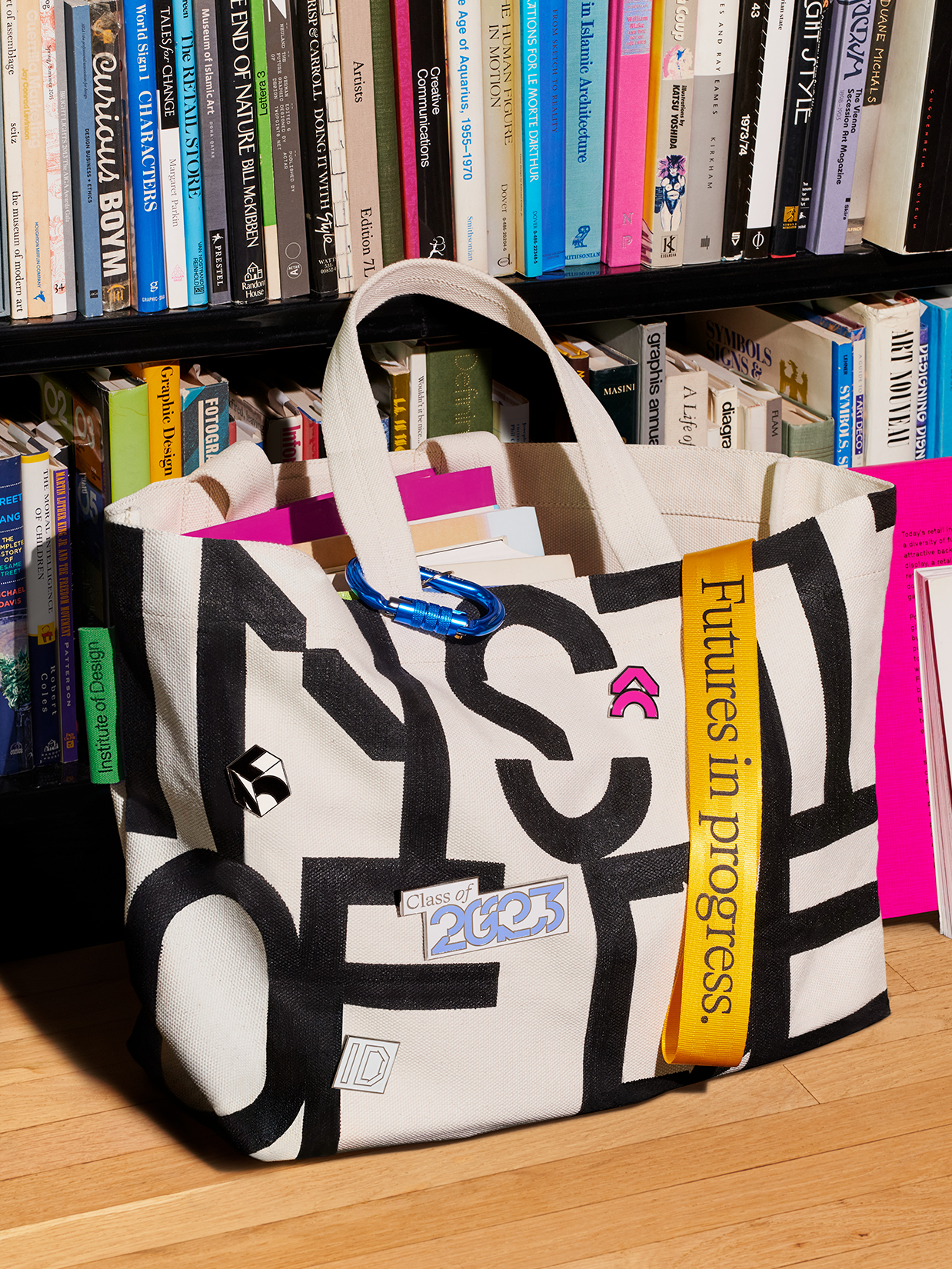
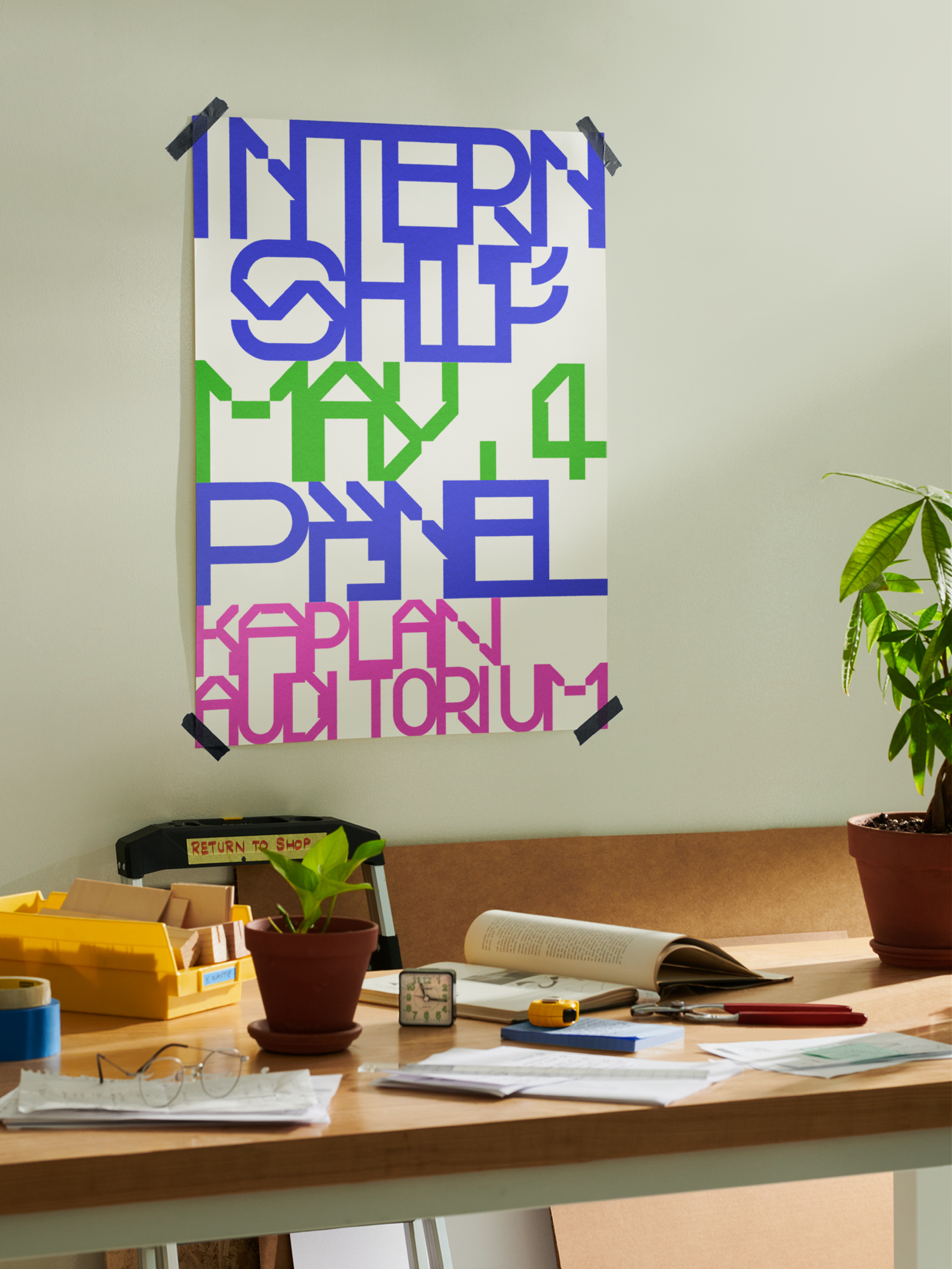
Design is not what we make.
Design is what we make possible.
The question is, how can we ensure those possibilities create more positive impacts than negative?
While there is a mastery of method and craft in all good design, building new ideas, systems and products that can transform the world around us also requires a strong clarity of intention and the ability to design for consequences.
Extraordinary advances in technology over the last century made it possible for almost anyone, anywhere, to turn ideas into products and services almost overnight. Entire industries have been upended, invented and reinvented. Societies, too, have been shaped by the instant ubiquity of new technologies. From smartphones to keyless cars, the novel becomes the normal in a blink.
Yet without the ability to anticipate the implications of new, ever more powerful tools, applications, widgets and whatnot, even the most promising breakthroughs can be compromised. Think: Social media co-opted for surveillance. Plastic metastasized into permanent pollution. Cities planned to accommodate cars rather than people.
This is where design as a practice can help people recognize the immediate and long term consequences of any actions they might consider to achieve their intentions. Designers are trained to learn from the past, think in terms of dynamic systems, and adapt and iterate with change.
Few design philosophies captured this ideal as well as the Bauhaus. They held design up as a bold statement of optimism, one infused with creativity, curiosity and a profound sense of mission. It was as much about the future as it was the present.
Against the specter of Nazism, a fascist nightmare at complete odds with these ideals, the Bauhaus disbanded. But the movement spread. In 1937, Bauhausler László Moholy-Nagy founded the New Bauhaus in Chicago, which later became the Institute of Design (ID) at Illinois Tech.
In the eighty-five years since, many of the world’s ground-breaking creative leaders have taught at ID, including Jay Doblin, Katherine and Michael McCoy, John Cage, Massimo Vignelli, György Kepes, Sharon Poggenpohl, Harry Callahan and Buckminster Fuller. As it teaches this generation of learners and leaders, ID continues to push the frontiers of design—pioneering methods to solve for an array of daunting and urgent societal, cultural, environmental and business challenges.
THE PROBLEM
The problem is design. Or rather the perception of design.
For many, design is simply what something looks like. They are oblivious to its power to transform what is into what should be.
For ID graduates and faculty, design is a proven process to envision and build better, more responsible futures. Yet for prospective students and potential business partners, design is limited to visual arts and product development. They are unaware that design can accelerate the trajectory of their careers, transform companies and improve communities.
As the Institute of Design’s 85th anniversary approached, COLLINS was invited to help evolve ID for the future—and build a new identity around their vision of the transformative power of design.
THE SOLUTION
It quickly became clear that ID does not view design as a tool for revolution or disruption. This is not about tearing down the old to make way for the new. Rather, design is used to identify possibilities, focus on the most promising and refine the best. At ID, design is a dynamic process building towards positive impact.
The idea of “The Evolutionary” led us to imagine a new voice and visual language that could itself evolve. Inspired by Moholy-Nagy’s artistic experiments with geometry and ID’s legendary director Jay Doblin’s genius with complex systems, we crafted six foundational structures able to transform from abstract shapes into words and images. They, like design itself, move seamlessly from chaos to clarity.
The dynamism of this system is ID’s story, providing a voice and a canvas to show students, businesses—everyone—the extraordinary power of design to create possibilities that are both positive and impactful.
An idea even more urgent today than it was in 1937.